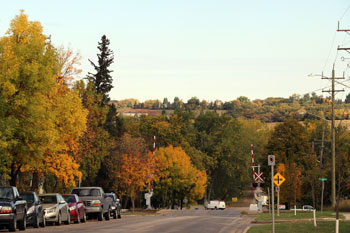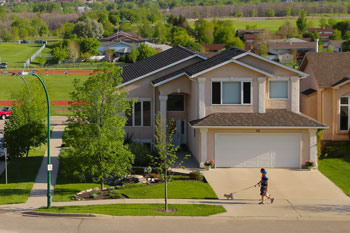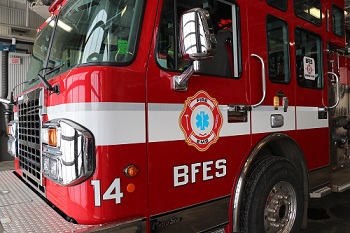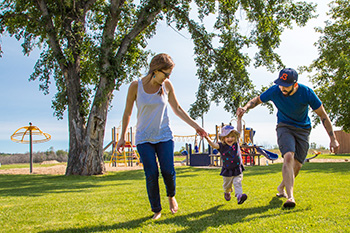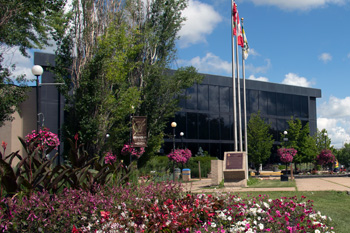Mayor & Council Stand By Our Neighbours And All Indigenous Across Canada
June 25, 2021
Brandon, MB – Earlier this week, Cowessess First Nation, located in southern Saskatchewan, announced it located 751 unmarked graves on the grounds of the former Marieval Indian Residential School.
The school operated for nearly 100 years from 1899 to 1997.
This news comes roughly one month after Tk’emlups te Secwepemc Nation announced they had found 215 unmarked graves at the site of the old Kamloops Indian Residential School in B.C.
“Our hearts are with the Cowessess First Nation,” said Mayor Rick Chrest. “This news is closer to home with Saskatchewan being our neighbouring province.”
All City of Brandon flags will fly at half-mast for four days and four nights. The flags were lowered early Friday morning.
Most Brandonites, Indigenous and non-Indigenous alike, who live on unceded Treaty 2, Dakota and Métis homelands, are aware the Brandon Industrial/Indian Residential School operated here from 1895 to 1972. While the edifice was demolished in 2000, there are gravesites at several locations linked to the school.
One site at Turtle Crossing, formerly Curran Park, operated as a gravesite for the school for more than a decade beginning in the late 1890s. These graves are also unmarked and it’s thanks to the work of researcher Katherine Nichols that we know more about this site. Sioux Valley Dakota Nation has taken the lead to ensure the remains of the approximately 50 Indigenous children are properly honoured and cared for.
In early 2018, the residential school burial site at 4100 Grand Valley Road was flagged during a development process to expand the existing Turtle Crossing Campground. After discussions with Sioux Valley, the City of Brandon partnered with the First Nation and the landowner to have a geophysical survey completed by Finlay Heritage Consulting Inc. to identify the locations of the burials on the property.
The City and the owner are currently working together to ensure the site of the burials is left vacant and undisturbed until direction is received from affected Indigenous Peoples on how to proceed.
“We are committed to standing by our neighbours and will continue to work with and support Sioux Valley Dakota Nation,” said Chrest.

